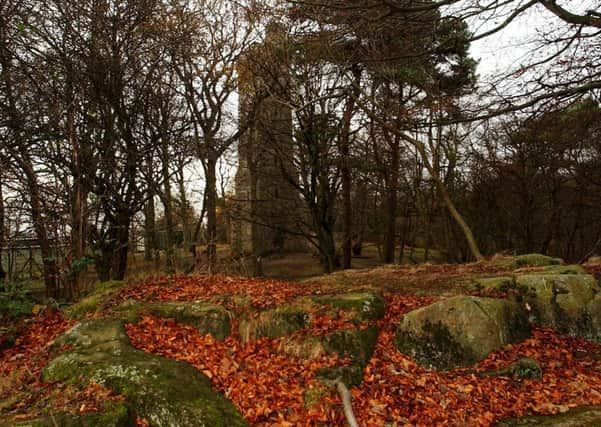Edinburgh '˜common good' list will protect city's prized assets


The council is set to expand its common good register – a task the authority is unlikely to have undertaken previously. As well as obvious open spaces owned by the council such as The Meadows and Leith Links, the draft common good register also features structures such as the Calton Hill cannon and South Bridge. The draft list, which has tallied up 101 assets, also includes 16 monuments or structures in Princes Street Gardens, as well as the gardens themselves.
A public consultation has been launched for the public to have their say on which assets should be included on the register. Green councillors hope the expanded common good register will stop the council from getting into trouble over future plans for assets.
Advertisement
Hide AdAdvertisement
Hide AdCllr Gavin Corbett, Green finance spokesperson said: “Over the last ten years, the council has got into a real morass on disputes about common good land – from Waverley Mall to Portobello Park to Parliament Hall. It’s a sign that common good management has been a forgotten backwater of council affairs for decades.
“So the consultation on a new, expanded common good register is an important step forward. Included for the first time are landmark green spaces such as Corstorphine Hill, Saughton Park, Craiglockhart Dell and Bonaly country park as well as well-loved places like the Flodden Wall and Portobello Prom. Altogether it adds up to a massive expansion of public space given the potential protection of common good status. I cannot imagine anything of this scale has happened before.
“This is always going to be work in progress so I’d urge people who care about the those parks, spaces or public buildings in their area to check out the draft register, look at the factors that decide whether it is common good or not and let their views be known.”
Laws are in place that restrict how common good assets can be used or sold. Property can be classed as common good if the asset was gifted or acquired by the burgh on or before 15 May, 1975, as well as meeting a host of other criteria. To qualify, the asset must have been used by the general public for a long time, was dedicated for a specific public purpose or have title conditions ensuring public use were agreed in an original charter.
Advertisement
Hide AdAdvertisement
Hide AdCommon good status means that restrictions apply on what can be done with the property. Restrictions on leasing or selling of some common good assets exist but these can be altered by obtaining approval from the courts.
Cllr Alasdair Rankin, convener of the council’s finance and resources committee, said: “This consultation gives residents and interested groups the opportunity to give us their feedback on buildings and open spaces of civic significance in the city.”
Proceeds from leasing or selling these assets are retained in the council’s common good fund – which stood at £2.4 million as of March 2018. Around £1.9m of the common good fund is earmarked for planned maintenance of common good assets.
The common good register consultation can be completed online by December 31.